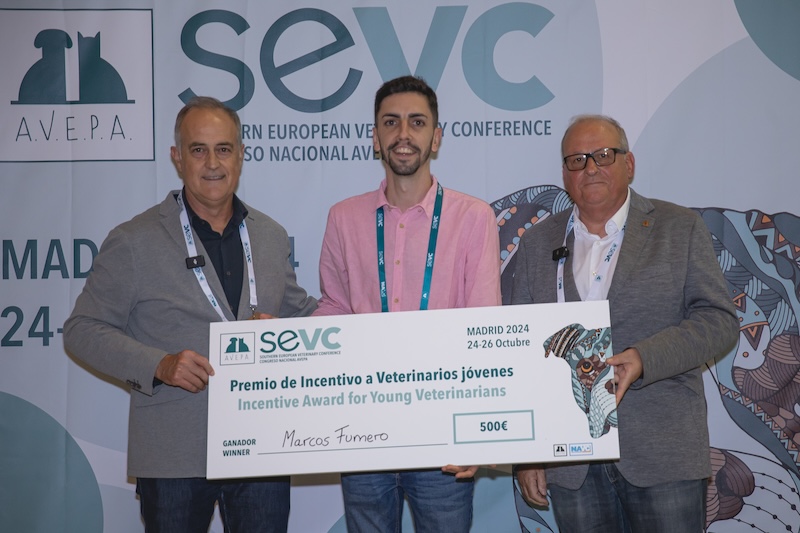The Southern European Veterinary Conference-SEVC 2025 invites veterinarians to submit abstracts either as COMMUNICATIONS relating to clinical research, both prospective and retrospective, or CASE REPORTS that present new or alternative information of interest to a small animal or exotic animal clinicians.
All accepted abstracts must be presented in poster format during the Congress. Original work only will be accepted.
THE SUBMISSION PROCESS ENDED ON JULY 19.
SUBMISSIONS ARE CURRENTLY BEING REVIEWED.
THE ORGANIZATION WILL CONTACT THE AUTHORS TO INFORM THEM OF THE STATUS OF THEIR SUBMISSION.
Papers will include the following sections:
SCIENTIFIC COMMUNICATIONS:
CLINICAL CASES:
Once the summaries have been received, they will be evaluated by members of the AVEPA Scientific Committee or other expert evaluators using only the assignment code of the essay; never with the name and personal details of the author. Once the summaries have been evaluated, the authors will be informed as to whether or not their essay has been accepted.
In some cases, or when considered necessary, authors will be asked to make modifications or corrections to some aspects of their poster. This means that the newly revised poster will have to be resubmitted, with new deadlines to be specified to each author. Summaries received after this new date will not be included in the congress programme.
Once an essay has been accepted its main author can and indeed must register for the complete SEVC Congress conference fee before 24 September 2025. Anyone whose open topic presentation has been accepted and who have not registered by the above-mentioned date will lose the option to present their work.
REGULATIONS FOR ACCEPTED PAPERS - More information will be provided soon.
Posters must be submitted in two formats:
POSTERS PRESENTATION
On Friday, October 24th in the afternoon, all authors are requested to be present in the Poster Area to answer questions from attendees.
During this session, the Scientific Committee will announce the Poster Awards.
Accepted abstracts will be independently and blindly evaluated by two reviewers, who will assess:
Subsequently, the three papers with the highest score in each category will be evaluated by a Jury, which will decide which abstracts will receive the award for the best paper, according to the following categories:
The Jury will be composed of three renowned veterinarians, whose membership will be renewed annually and who will be invited by the AVEPA Scientific Committee. The Scientific Communications Coordinators will not be part of the Jury.
The Scientific Committee reserves the right to declare any category void and to award additional prizes.
The prize will consist of €500 in cash and a certificate of recognition. The authors of the winning papers will be notified prior to the start of the Congress.

All accepted abstracts will be published in image format on the conference platform.
The Scientific Committee reserves the right to publish the abstracts in AVEPA's official journal, "Clínica Veterinaria de Pequeños Animales," or on the AVEPA website, following their presentation at the conference.The coordinator of the journal "Clínica Veterinaria de Pequeños Animales" will select the papers accepted by SEVC for possible publication in the journal. AVEPA will contact the authors to request, if they are interested, that they expand the text for review and publication in the journal.